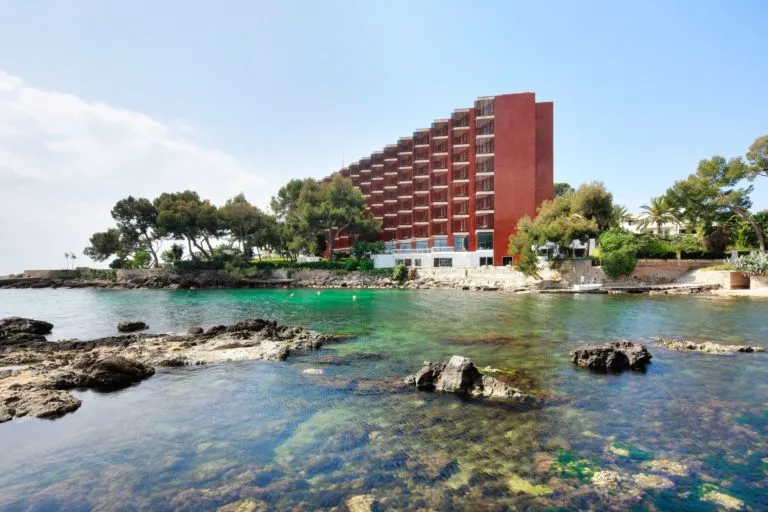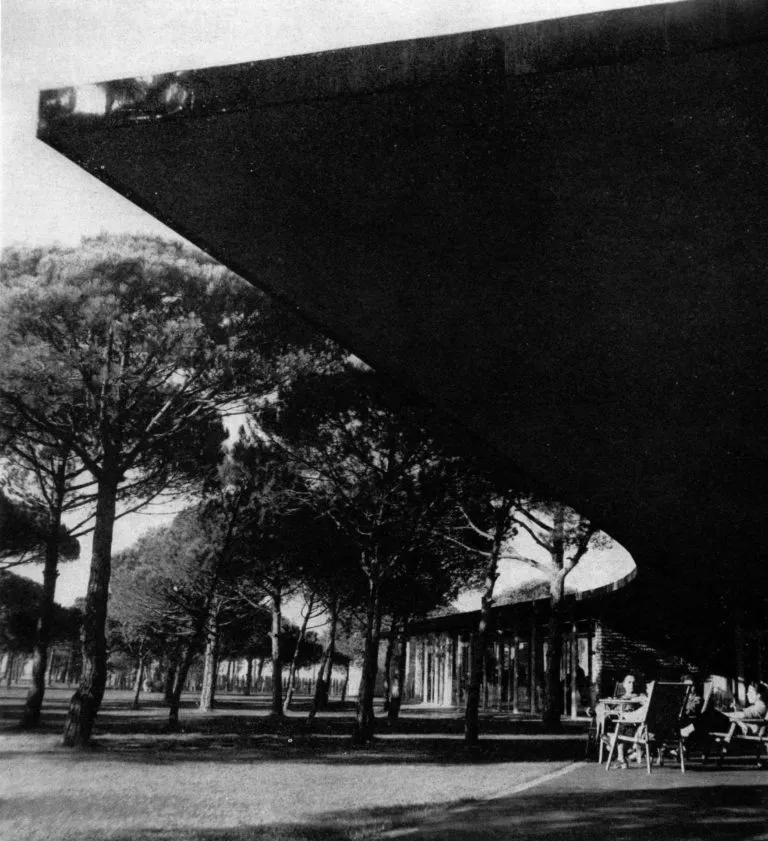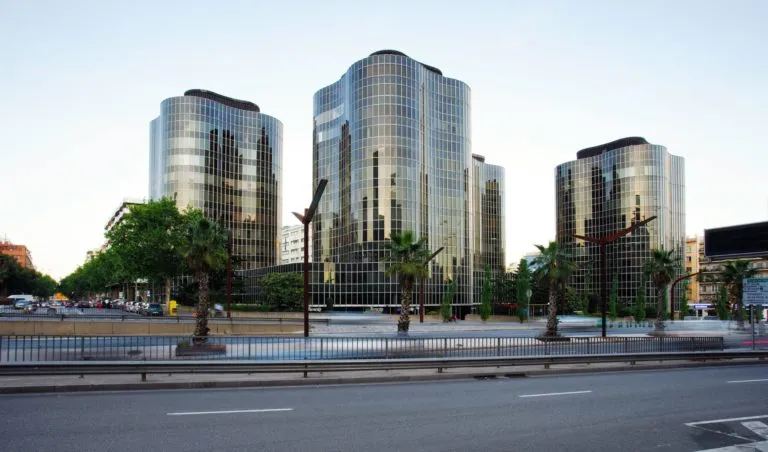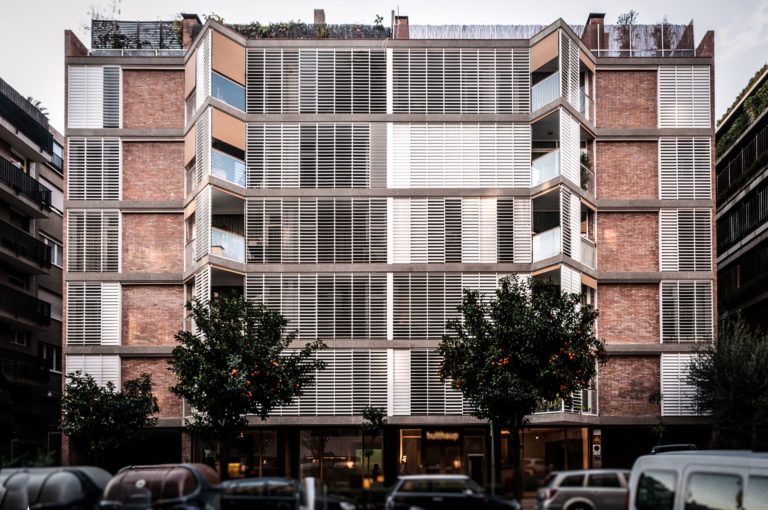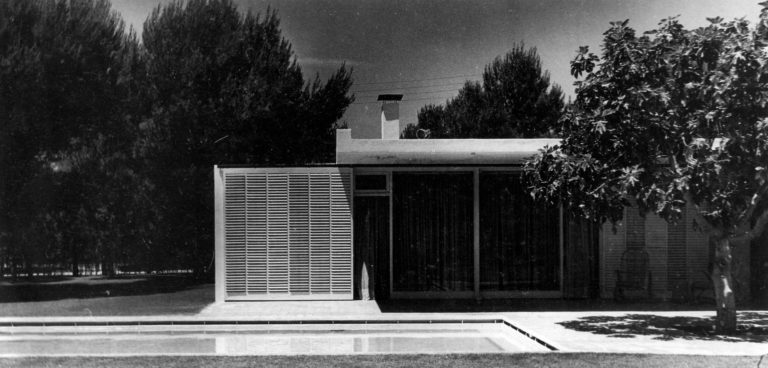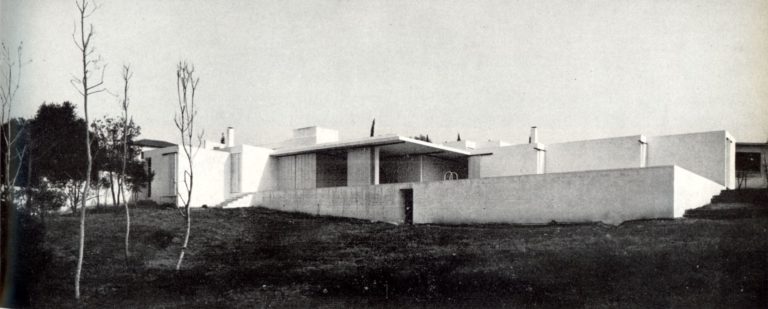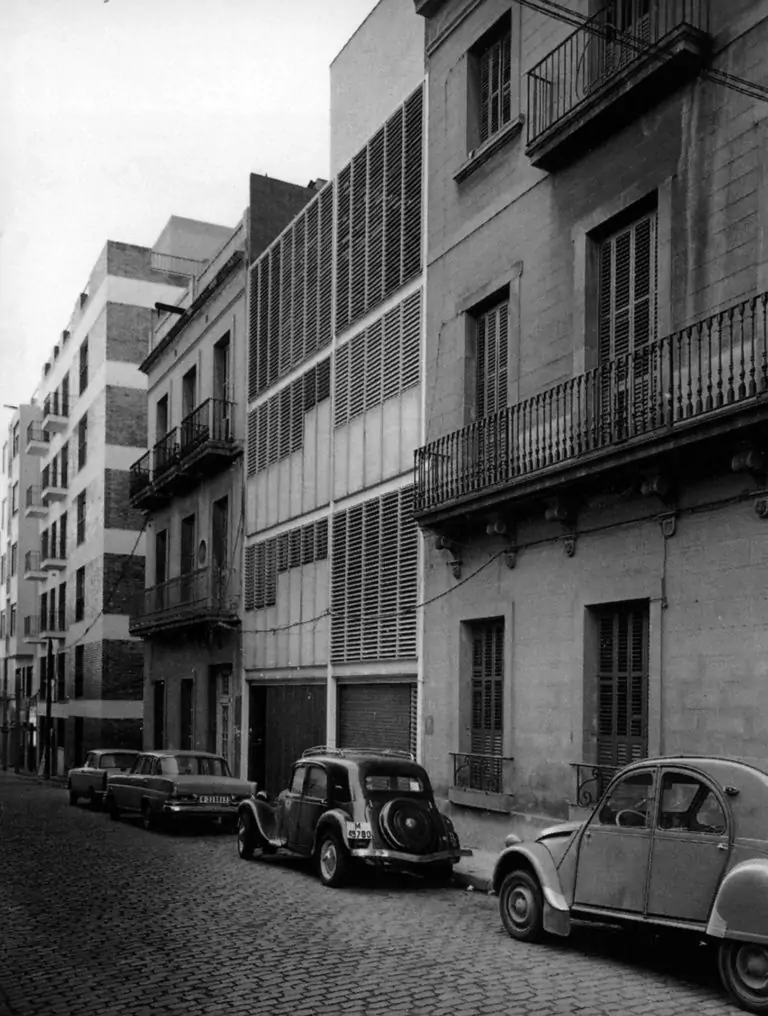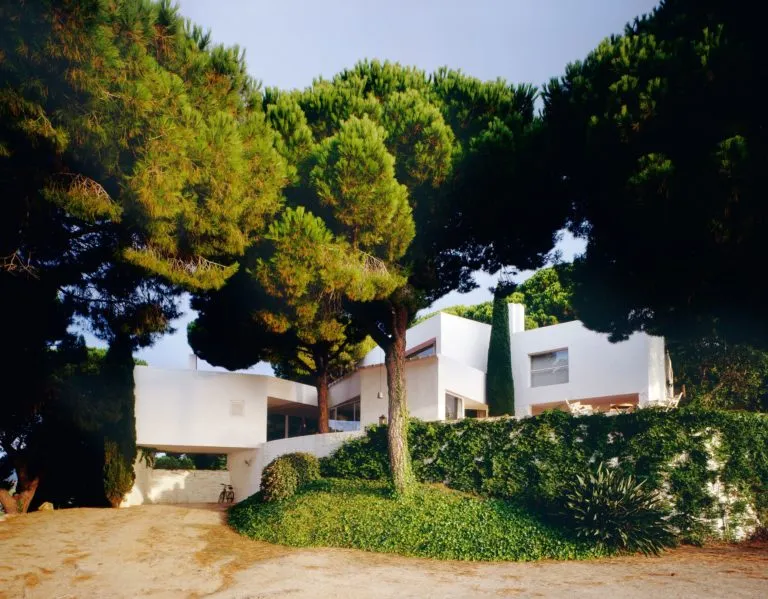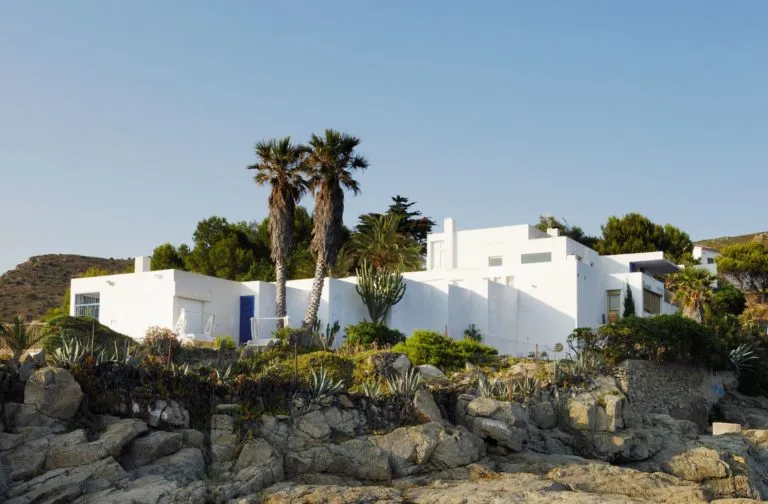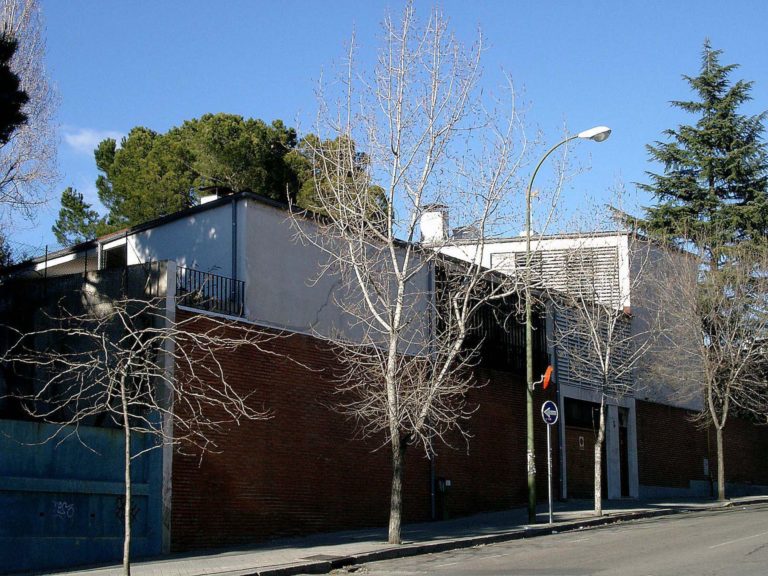Abstract
This thesis dissertation deals with the construction detailing of the work of J.A.Coderch. Coderch placed a special emphasis on its definition, and even though he never abandoned the traditional roots on which he based his architecture, he transformed the traditional approach to detailing in a way that had a very strong impact on the image of his buildings. Construction detailing is an important part of the design project, whose objectives share, and end up becoming the physical expression of the goals it pursues. Two parallel lines have conducted this thesis: one, an analysis of a number of buildings, from the beginning of their placement on the site to their eventual construction finishing and detailing, and the other, a study of the architectural context in which Coderch lived in his beginnings, in order to find the references which most influenced him; it is in that context where we find the bases of his personal career. Through the analysis of the design process of his buildings, it has been observed that Coderch starts a project from the placement on the site, develops his proposal moulding the interior space, and finishes it with the detailing, in which he strongly relies on the overall unity of the final result. He emphasizes a special detail of the facade, by repeating it throughout the whole building, as a solution to avoid any exceptions that may flourish from a design that, because it is conducted from interior space, keeps the outside appearance flexible throughout the process. In the years that Coderch was at the School of Architecture in Barcelona, the GATEPAC led the expansion of modern architecture in Spain, and highlighted the presence of modern values in traditional Mediterranean architecture. Early in his professional career, Coderch shared this concern to relate traditional and modern architecture and to get actively involved in national and international movements. Coderch approached modern architecture –once the orthodoxy of it was over– and got closer to F.Ll.Wright’s premises of organic architecture, where traditional and advanced means were living together. The plasticity was claimed by Wright as continuity, and this led him to change his perception of space and its construction detailing. In Coderch architecture, the construction elements disappear within a continuous solution, in which they are very difficult to understand when isolated from the whole creation. They all undertake a role in the definition of a sense of space, an important reason which makes all the architectural elements work together, overcoming the individual role of a wall, a roof, a door or a window. Given that architecture pursuits the goal of constructing a place, the perception of that specific place through the enclosure and its limits is where the architect shows his or her individual form of making architecture, and where detailing plays an essential role. Coderch focuses on the interior-exterior relationship, and therefore it is mainly through windows where one may see the specific concept of a place. The way he opens a window on the wall, and establishes the limits between the interior and outside, is linked to the Mediterranean tradition, (very much related to references from his years as a student), and it is sought in all his projects.
Access the thesis

